The imperial examination was also known as Keju in China. It was a civil-service examination administered to students for the state bureaucracy.
What is the imperial examination system?
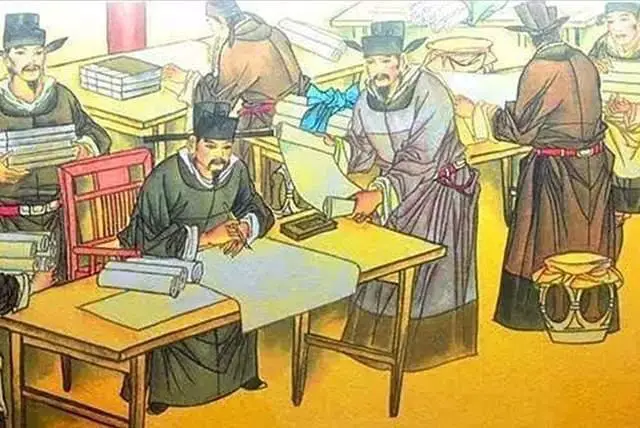
The Imperial examination was administered to select state bureaucrats based on merit instead of birth in early China. The written exams concept began in the Sui dynasty and became dominant in the Tang dynasty. State officials were examined in a formal imperial system designed into a three-tier ladder. The ladder featured local, provincial, and court exams, which aimed at legitimizing imperial rule in China.
What did the imperial examinations test?
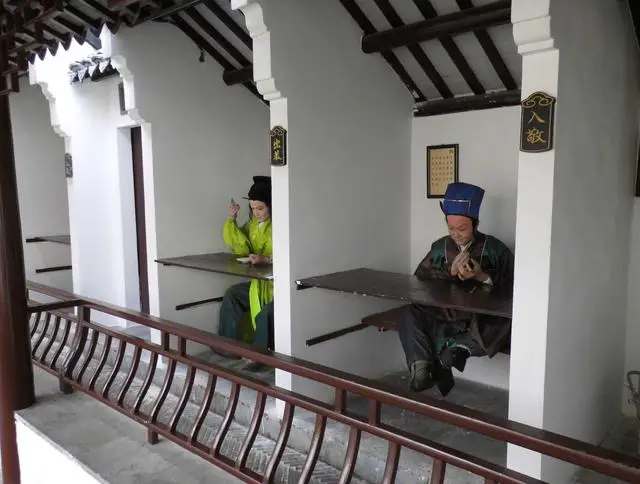
The examinations were different in various regions where the northern region tested rhapsodies, and lyric-meter poetry, and the southern exams tested Confucian classics. In 1135, during the reign of emperor Xizong of Jin, the examination was unified, and both regions tested all genres. After passing the provincial and final examination, candidates would be given state positions. The examinations focused on common writing skills that helped in unifying the empire.
China imperial examination history
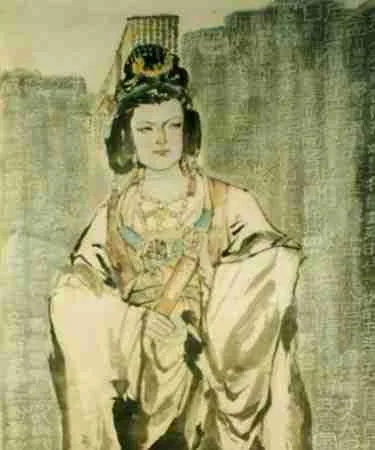
While there existed various forms of contests and exams as early as the Han dynasty, the official bureaucratic examinations began in 605 during the Sui dynasty. The tang dynasty that followed implemented the imperial examination on a small scale, until the reign of Emperor Wu Zetian, who expanded the scope of this examination.
The expansion included military exams, but these were seen as inferior to the civil exams. The song dynasty expanded the government-sponsored education system and the examinations, which saw the number of degree holders rise to five times what was in the Tang dynasty.
When were imperial examination invented?
The Imperial examination in its official form was invented in 605 during the short-lived Sui dynasty. However, the examination expanded nationwide in the Song dynasty. It traces its roots to the Imperial University in the Han dynasty which trained nobles.
Who imperial examination invented the first
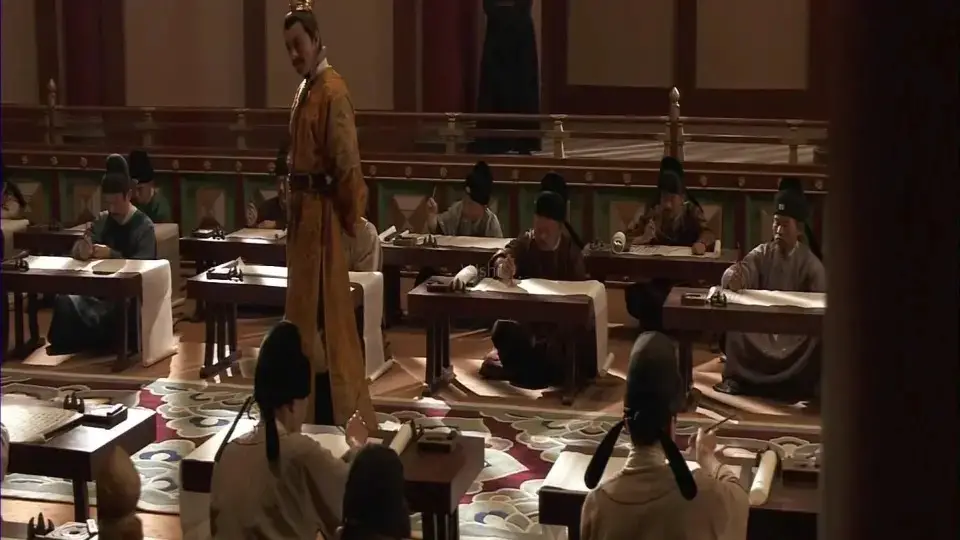
The first form of the Imperial examination is traced in 605 AD by Emperor Yang of Sui. In 165 BC, Emperor Wen of Han officially made the Imperial examination the pathway to civil service. Previously, potential candidates were presented to the emperor on referrals. In the Sui dynasty, classists were tested on the Confucian canon, and successful candidates were offered the lowest ranks in state positions.
When was the imperial examination abolished?
The imperial examination was abolished in 1905. This came after reformists proposed reforms to the examination to include western technology and other subjects like mathematics. Proposals and recommendations were tabled, and after the Boxer Rebellion, the government developed new policies for examining scholars. The imperial examination was officially discontinued by the throne on September 2, 1905.
What did the imperial examinations represent?
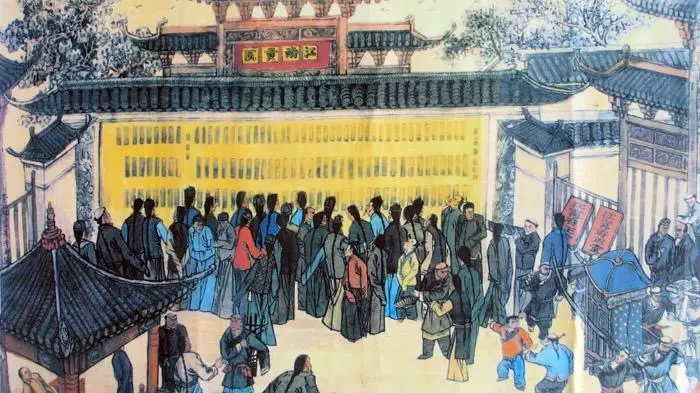
The examination represented literacy in imperial China among state officials. It represented a unified front by the empire and brought legitimacy to imperial rule.
Conclusion
The imperial examination registered great success in the selection of government officials in all the ancient Chinese dynasties. From the Song dynasty moving forward, the examination became the sole path to government positions.